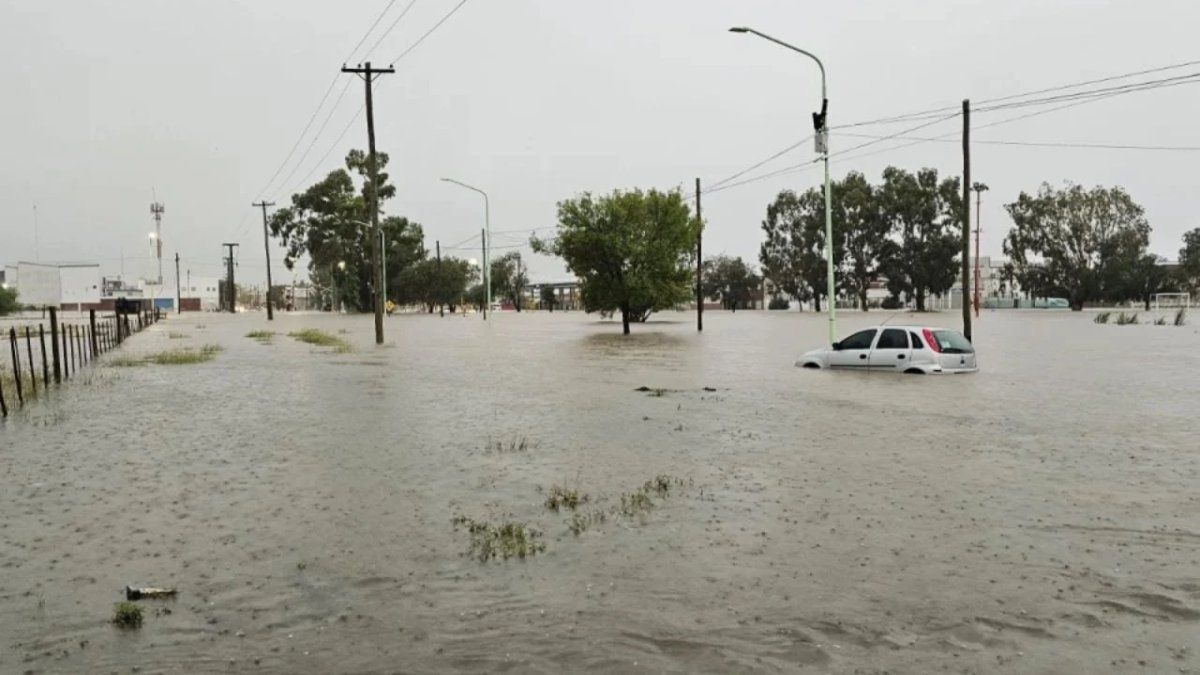From the environmental aspect, several analysis and conjectures can be developed that give an idea of what happened in general terms and in the specific characteristics of this specific event. Urban planning is key.
As in any extreme climate event associated with high -density urban areas, What happened in the city of Bahía Blanca on March 7, does not escape the catastrophe condition. The results left by the storm are public knowledge and an impact that mobilizes social sensitivity in all its aspects. Now, after the disaster caused in the city, a series of processes are staggered both in operation and in the analysis of the situation. Each thematic look will have its space to analyze and draw conclusions to help The effects of the catastrophe and focus on the reconstruction of the city and its inhabitants.
The content you want to access is exclusive to subscribers.
From the environmental aspect, several analysis and conjectures can be developed that give an idea of what happened in general terms and in the specific characteristics of this specific event.


To give a catastrophe of this magnitude there must be minimal two situations that are at the same time, these They are the extreme climate event outside the dimensions considered for the regionin this case a storm that downloaded more than 290 mm in a period of time of less than 12 hours, and the presence of high density urban settlements such as the case of the city of Bahía Blanca and surroundings. These two variables can be added characteristics that intensified the impact.
From the climatic look this type of event is increasingly consolidated due to factors that favor the intensity of storms. The temperature increase in the atmosphere and as a consequence the increase in the amount of steam results in a positive feedback process, where more steam is more accumulated and the steam retains more energy. This energy retained in the atmosphere is released in the form of climatic events Like storms, droughts, heat waves, snowstorms, with the particularity of greater intensity in each event.
This situation is aggravated by the change in land use of water retention ecosystems such as forests and wetlands. These natural systems help retain and cushion the effect of global warming naturally, support the biogeochemical cycles such as water. Indiscriminate deforestation, the transformation of forests to productive systems and fire events, directly affect water balances. The recovery of these natural abilities is not within most environmental management schemes, which leads to the increase in climatic problems.
Now, already entering the consequences of the climate event in the city we must make some considerations, The first is that Bahía Blanca is very vulnerable from the territorial since it is located in the lower basin of the Napostá stream, the overflow of this stream and the Maldonado channel left much of the area underwater. The event did not affect everyone equallyespecially in the lower basin and the city center, the sectors of greatest purchasing power – located in the highest areas were not affected.
Much repeats that there is no planning, there are many studies and plans that repeat what we point out, what is missing is territorial management that builds more territorial resilience From a correct diagnosis of the environmental support matrix and the implementation of strategies that allow minimizing the impact of these events that arrived to stay.
Argentine native forests for biodiversity
Source: Ambito
David William is a talented author who has made a name for himself in the world of writing. He is a professional author who writes on a wide range of topics, from general interest to opinion news. David is currently working as a writer at 24 hours worlds where he brings his unique perspective and in-depth research to his articles, making them both informative and engaging.




